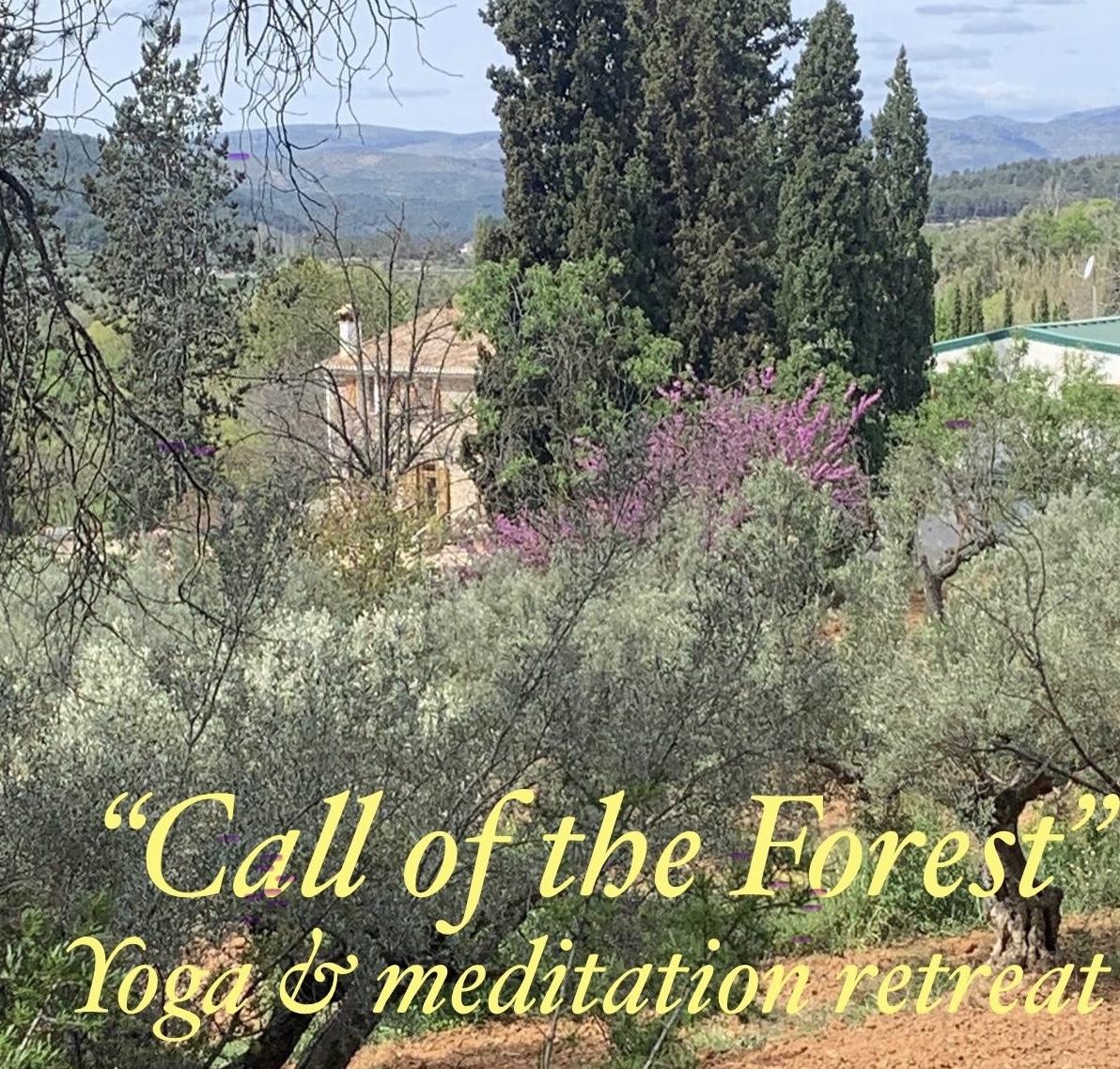
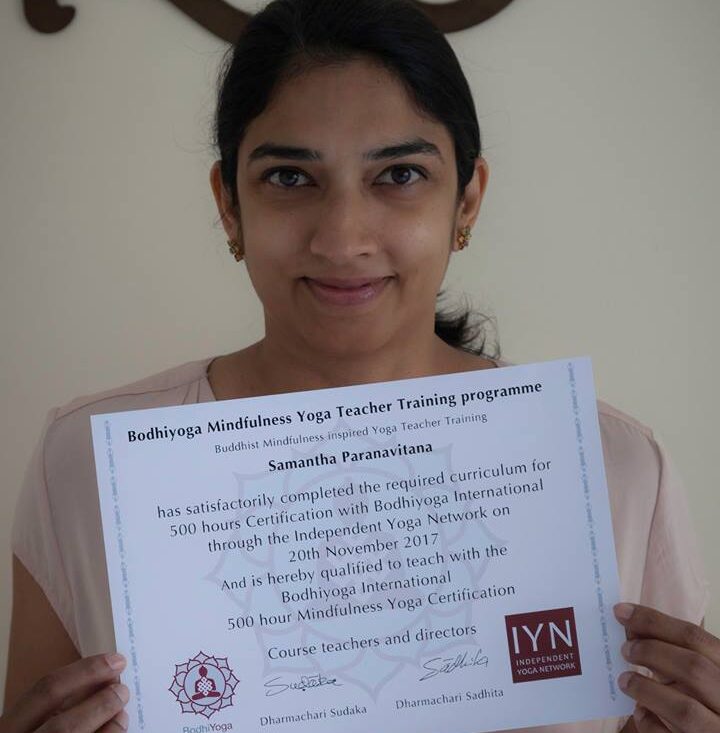
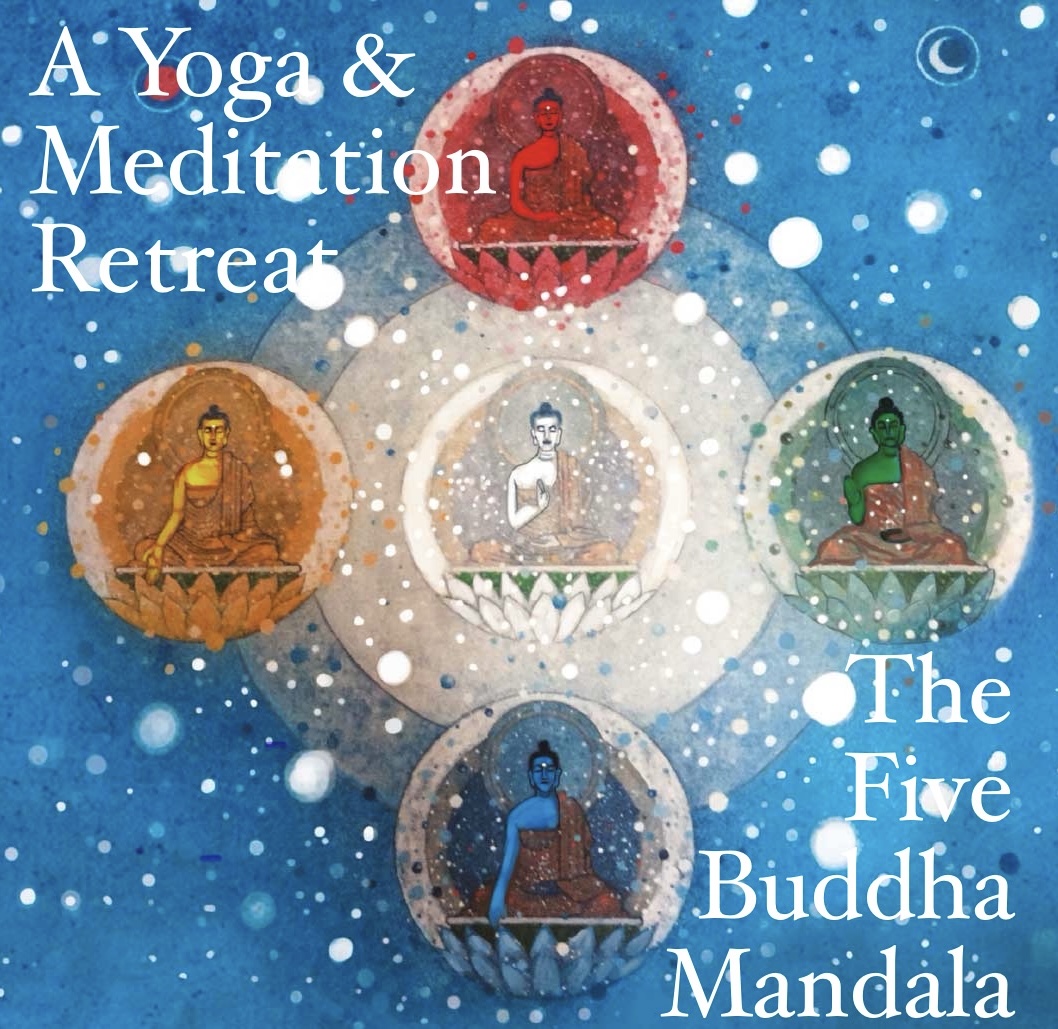
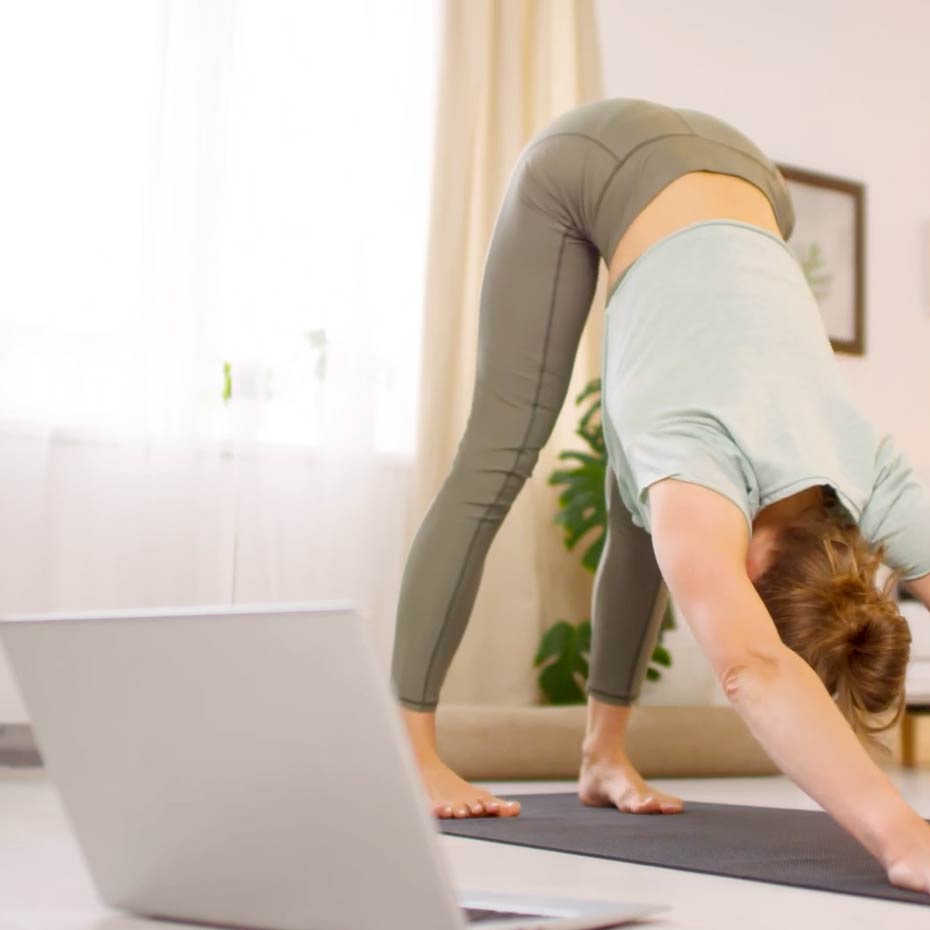
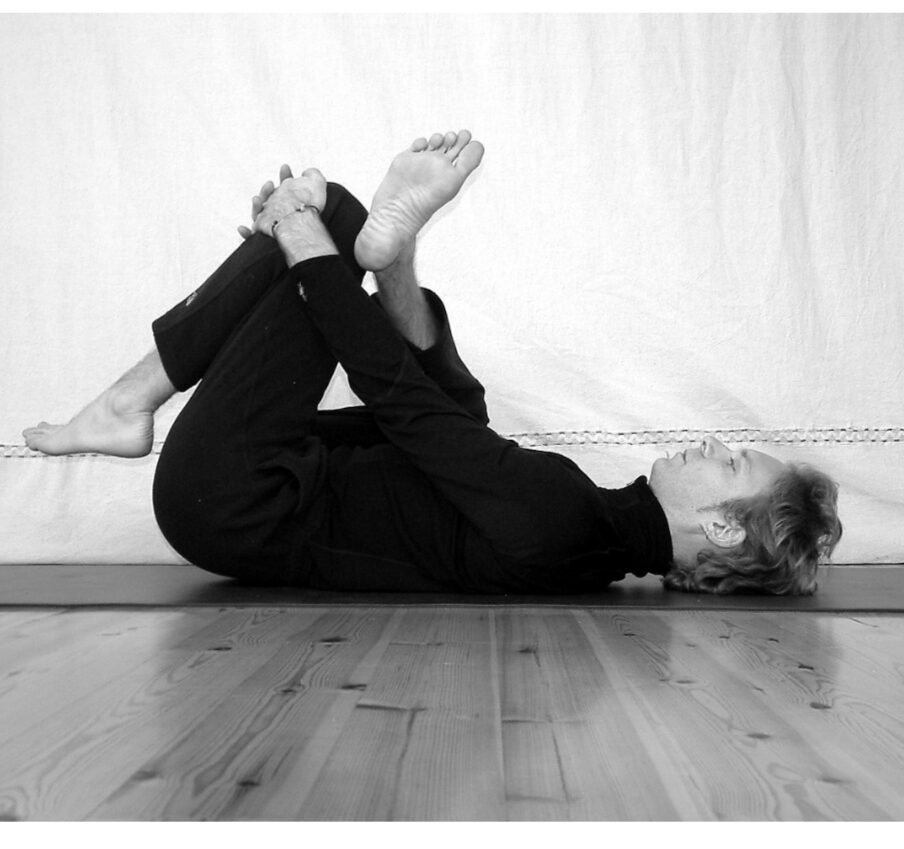
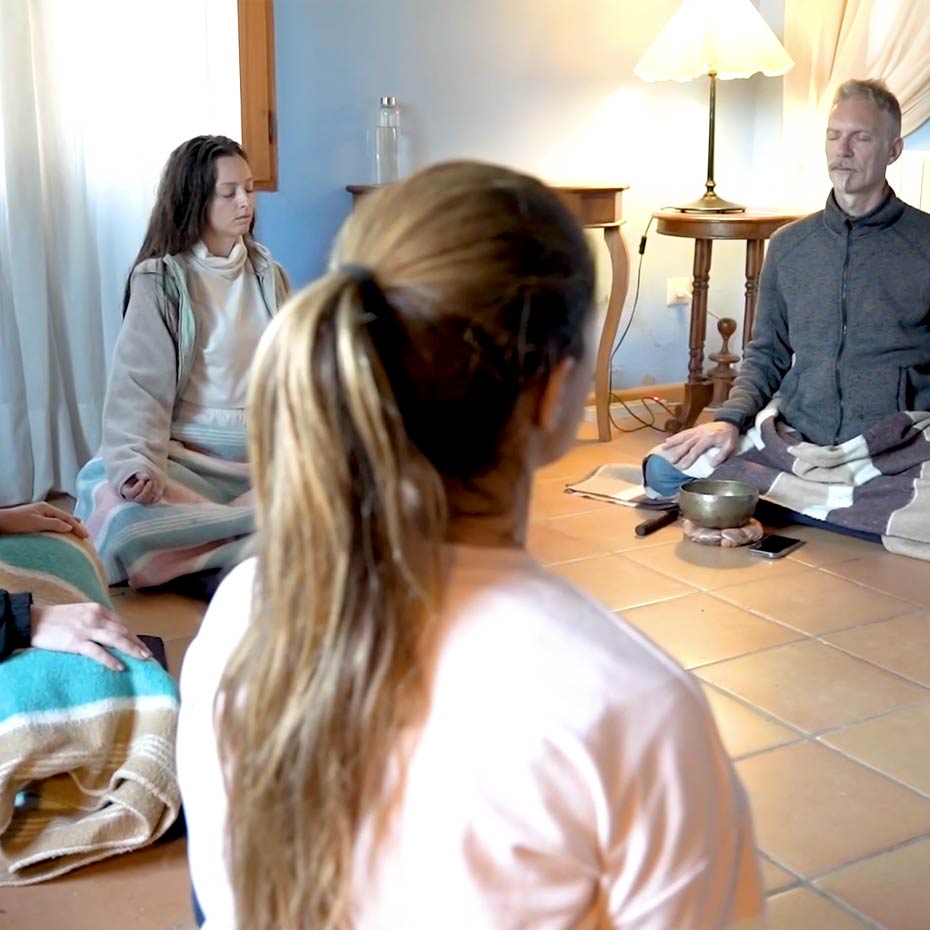
Programme
2026/2027
International School of Yoga
Online & Residential
300 hrs - £1950
Mindfulness Yoga
TeacherTraining
Yoga retreats
Limited Places Available!
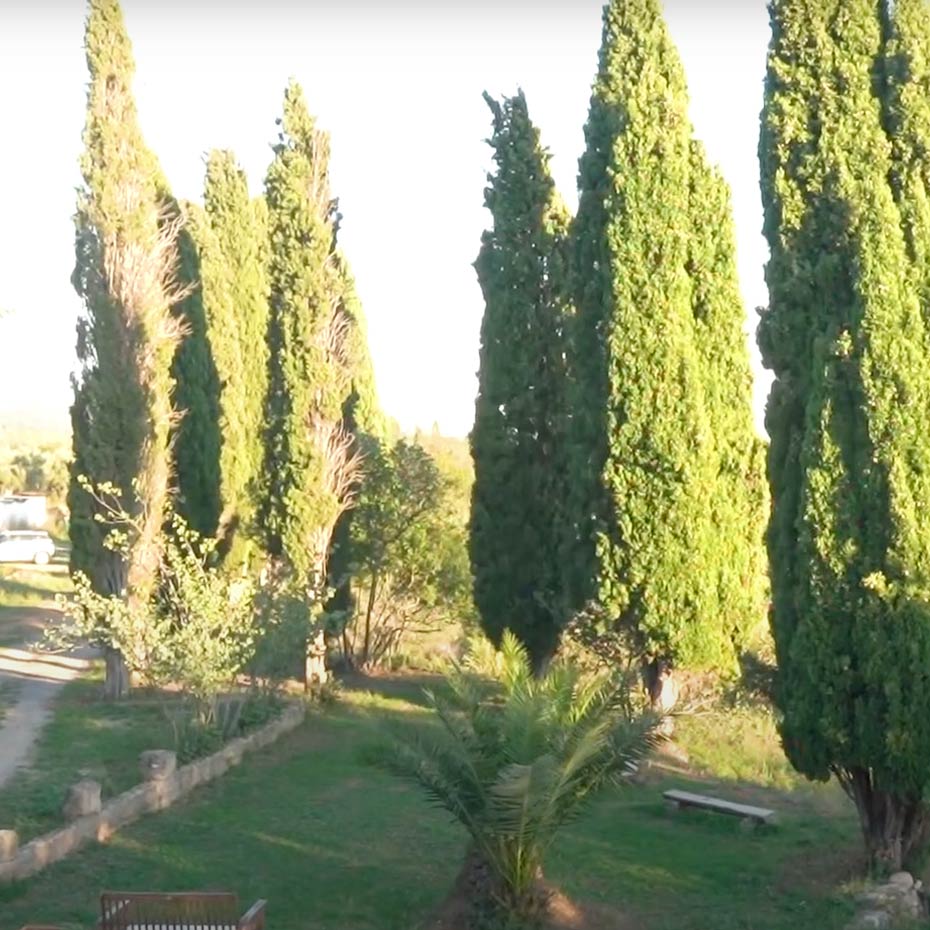
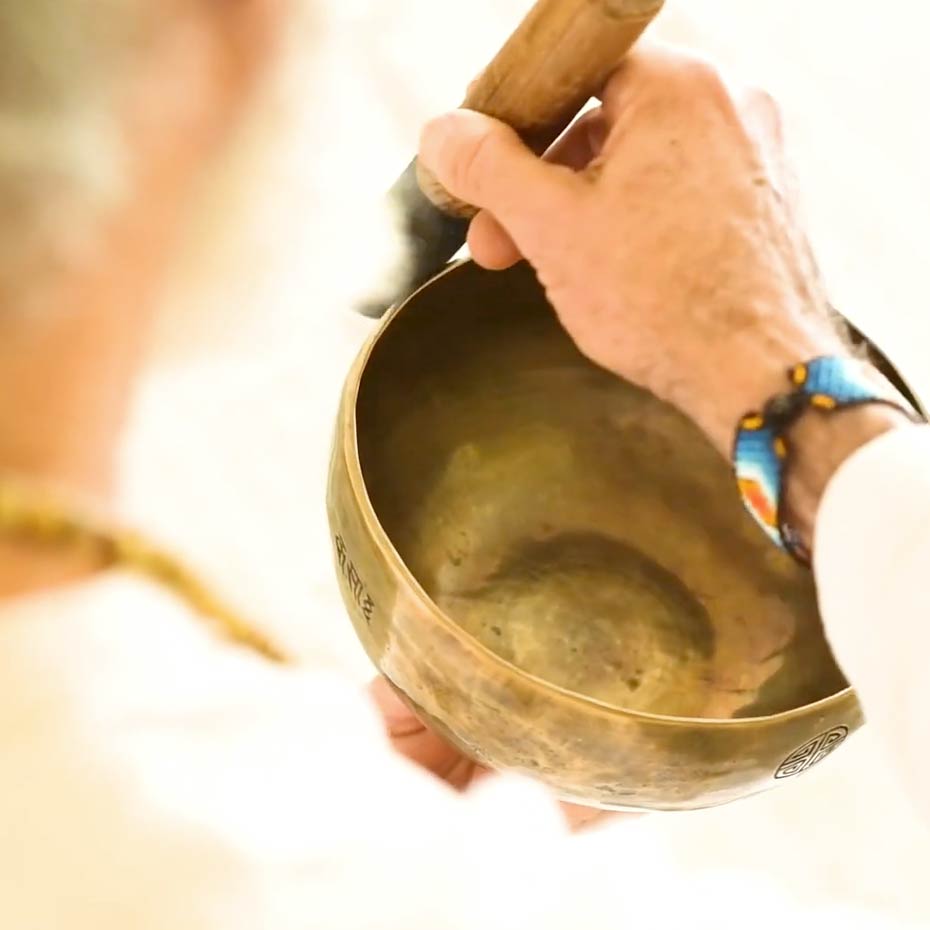
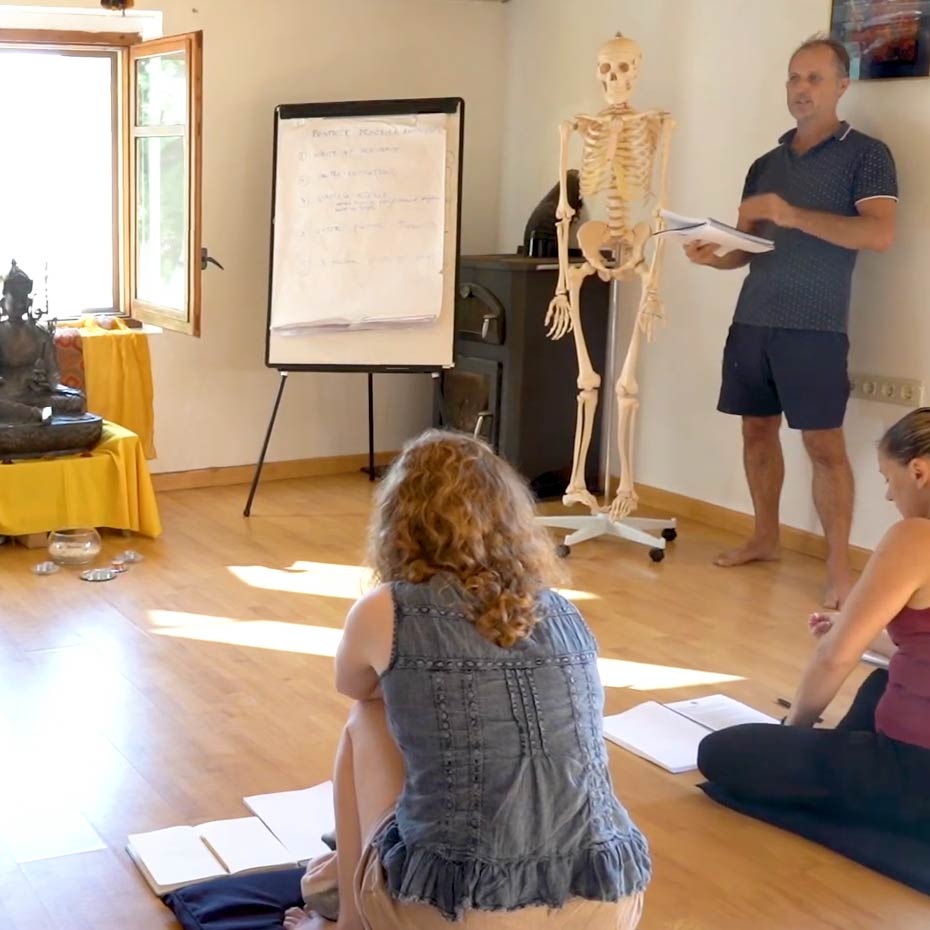
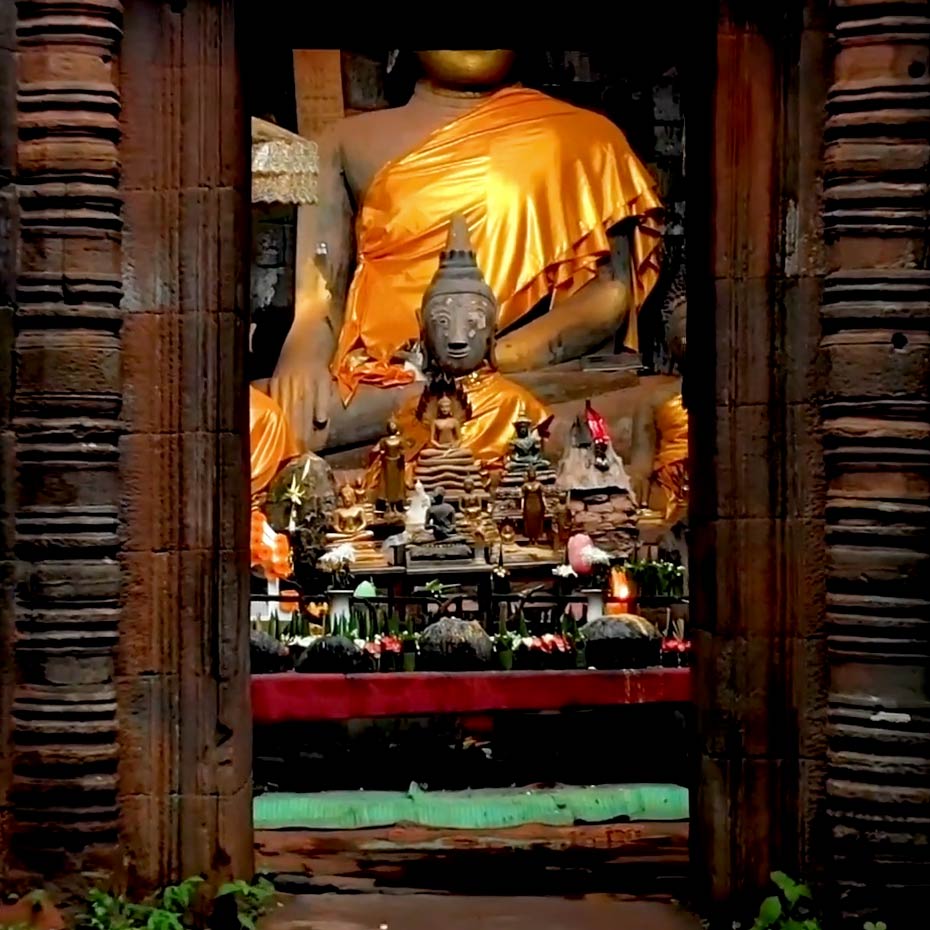


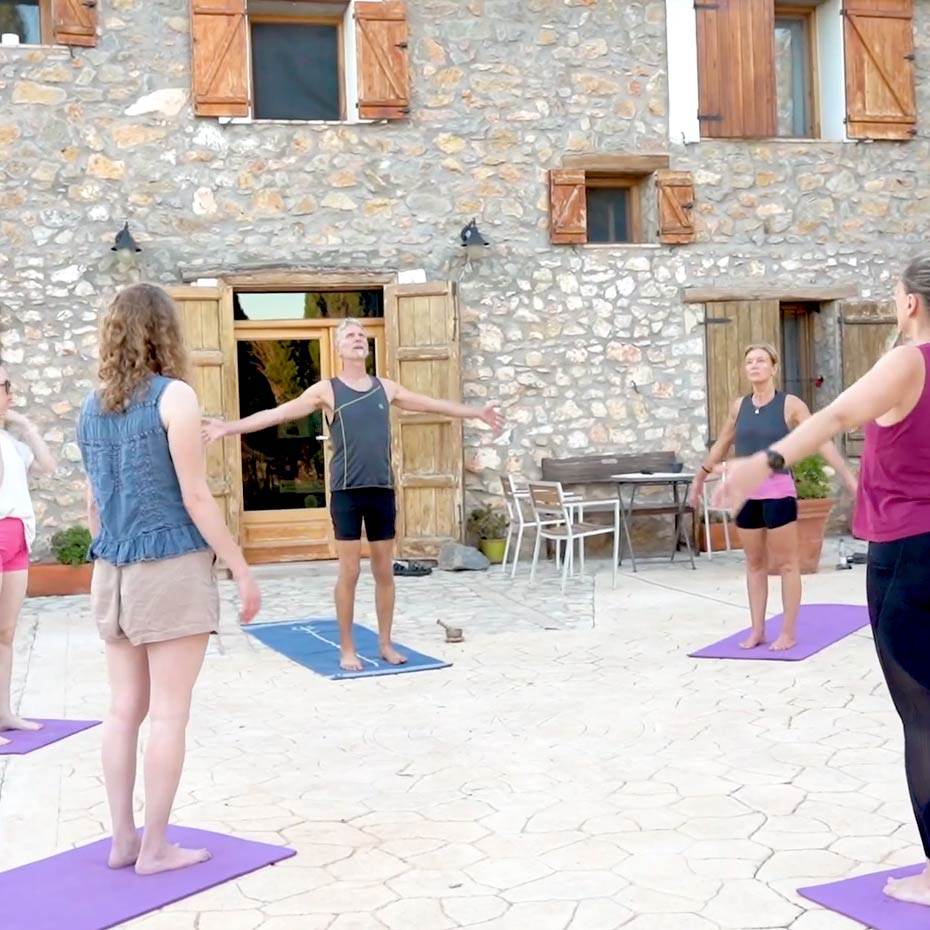
Passionate about Yoga and want to deepen your practice?
Become a qualified yoga teacher and share your love of the practice with others
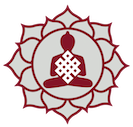
We offer weekly classes, courses, Retreats and a Yoga Certification Teacher Training programme, both Residential and Online.
Hatha Yoga based on Buddhist principles of mindfulness
Come on a yoga journey establishing you as a skilled & certified Yoga teacher
Open to any yoga teacher with 200+ hour yoga certification
“the Call of the Forest” 20-26 July 2026. and “the Five Buddha Mandala” 24-30 October 2026, Open for booking now!
£650 single room en-suite.
£450 shared en suite
I will tell you of our journey setting up Bodhiyoga and where we are going.
Bodhiyoga was established and co-founded with colleague and friend Sadhita and myself. Both are long time practitioners of the yogic arts and a modern approach to Buddhist practice (the Dharma). Back in 2005, a chance encounter in Nagpur, India, whilst on pilgrimage, a conversation began and we dreamed of a Buddhist Mindfulness approach to traditional Hatha yoga. We launched our first teacher training in 2012.
Now Director of Bodhiyoga, I offer an Online & Residential yoga teacher training based in Buddhist Mindfulness Principles. Yoga for the 21st Century and beyond